Hyperthyroidism Natural Treatment – Advice on Yoga, Food Intake and Proper Medication!
If you are vigorously on a hunt for “How to cure hyperthyroidism”, then you are probably on the right page because this article gives you insights on hyperthyroidism symptoms, hyperthyroidism causes and different ways to treat hyperthyroidism and guides you on “Hyperthyroidism natural treatment” by suggesting various yoga asanas.
Is There a Complete Cure for Hyperthyroidism?
Natural treatment of hyperthyroidism is quite controversial because you cannot cure thyroid disorder by simply relying on natural remedies.
Consulting your doctor and taking medication helps in a controlled production of thyroid hormone. You can later follow some best home remedies for hyperthyroidism to reduce the intensity of your problem.
This article also suggests the best hyperthyroidism natural treatment of the available modes which are Homeopathy, allopathy, and Ayurvedic medicine which may help in reducing the severity of your problem.
Occasionally, Check Whether you Experience these Signs of Hyperthyroidism
If you happen to experience conditions like anxiety, nervousness, increased heart rate, shortness of breath, thinning of hair, sudden weight loss, fatigue or muscle weakness, the reason might probably be overproduction of T3 and T4 cells, but you need not panic anymore because these remedies which have been listed to cure hyperthyroidism are easy to follow. A systematic approach towards hyperthyroidism natural treatment is sure to bring an amazing result.
Breaking Down the Problem
Before understanding the remedies, we must first break down the problem and analyse the root cause of hyperthyroidism by digging deep into the scientific terminology and understand why this complication arises.
Our endocrine system contains various glands and out of all the glands, pituitary gland is labelled as a “Master gland” because the hormones released by pituitary gland control other glands of the endocrine system which are (Hypothalamus, thyroid, parathyroid, adrenal gland, pineal body, reproductive glands which contain ovaries and testis and pancreas) by either promoting or inhibiting the hormone production.
Each gland takes up the responsibility of storing and releasing the hormones into the bloodstream which help in the active functioning of cells.
Understanding Thyroid Gland! – Where Does all Your Energy Go?
You might have heard this very commonly that right metabolism is very essential for your body’s proper functioning, but this is possible only when all the energy that you take up is utilised by each and every cell appropriately. The way your body utilises the energy is determined by the way thyroid gland functions.
The thyroid gland controls each and every aspect of your metabolic activity, right from breathing to various activities like control of heart rate, the temperature of your body and the functioning of your nervous system.
Why you Should Cut Down on Salt When you Suffer from Hyperthyroidism!
When you suffer from hyperthyroidism, your metabolic rate increases vigorously and this is the main reason for you to get subjected to various symptoms of anxiety, nervousness, fatigue, and hyperactivity.
Iodine being the main ingredient of salt, it is very essential in making of thyroid hormone. When you are suffering from hyperthyroidism, your thyroid gland already stimulates excessive T3 and T4 hormones, so you are medically advised to cut down on salt so that it does not adverse the condition.
Hyperthyroidism Symptoms in Women
Hyperthyroidism in women is the condition that occurs only during pregnancy or post-pregnancy. If you suffer from more of these symptoms, then you must become alert and be wary of the symptoms because of hyperthyroidism.
The symptoms if neglected can lead to a condition called “Goitre” which can be identified by a swollen neck, because of the enlargement of the thyroid gland. Following are the signs of hyperthyroidism in women.
- Sudden weight loss
- Irregular menstrual cycle
- Anxiety and nervousness
- Heart palpitations
- Insomnia
- Heat intolerance (Heavy sweating when there is a sudden rise in temperature)
- Increased bowel movements
- Hand tremors
- Weakness and fatigue
- Mood swings
If the condition worsens you can see a slight swelling in your neck region where the thyroid gland is situated along with the above-mentioned signs of hyperthyroidism.
Do All Thyroid Nodules Lead to Cancer?
Thyroid nodules are more common in women when compared to men. Thyroid nodules are the abnormal growth of thyroid tissues and they can be felt as a lump near your throat area. If you develop thyroid nodules, you will have a difficulty in swallowing or coughing. Not all thyroid nodules are benign i.e., not all thyroid nodules are cancerous. Most of them are harmless but some nodules can develop into cysts, thereby leading to cancer.
Hyperthyroidism Causes
- Grave’s disease is an autoimmune disorder which causes hyperthyroidism because the person suffering from this disease produces thyroid stimulating immunoglobin which causes the thyroid gland to release excess thyroid hormone.
- Excess Iodine intake can lead to hyperthyroidism. Our thyroid gland absorbs iodine from various sources of food and converts it into two hormones which are T3 and T4 hormones. Excessive production of these hormones leads to hyperthyroidism and this is the reason why iodine intake is restricted when it comes to diet regulations.
- Sometimes, improper treatment of hypothyroidism can also lead to hyperthyroidism. Whatever might be the cause, there are several methods of hyperthyroidism natural treatment to cure your disease.
Hyperthyroidism Symptoms in Men
Most of the hyperthyroidism symptoms in men are similar to hyperthyroidism symptoms in women.

- Diarrhoea or increased frequency of bowel movements
- Swollen neck
- Weight loss
- Trouble falling asleep
- Increased heartbeat
- Anxiety and nervousness
- Hand tremors
- Profuse sweating
- Grave’s ophthalmology – which is identified by swollen eyes, blurry eye vision, sensitivity to light and protruded eyeballs.
Ways to Treat Hyperthyroidism – Natural Remedies for Hyperthyroidism!
Food is the major source through which we gain energy. Thyroid hormone plays a significant role in controlling our metabolism and that is the main reason why we need to make a few changes in the food intake to stop excessive production or underproduction of thyroid hormone. You can Incorporate these foods into your diet as a part of hyperthyroidism natural treatment.
Green Juices For Hyperthyroidism Natural Treatment
You can include this in your diet plan every once in a while as a part of the natural cure for hyperthyroidism. To make this juice, mix two cups kale, two green apples, half cup of parsley leaves, one medium cucumber, two celery stalks, one small piece of ginger and two tablespoons of lemon juice. Add all these ingredients to a blender jar and blend them until it becomes a smoothie.
Whole Foods
Consumption of whole foods is preferable as one of the home remedies for hyperthyroidism because whole foods are free from additives and other artificial substances. Vegetables, fruits, whole grains, legumes come under whole foods or fresh foods because they do not contain any added supplements.
Anti-inflammatory Herbs
Anti-inflammatory herbs contain antioxidants which help in fighting free radicals that are produced by your body. Free radicals are produced in a larger number of patients suffering from hyperthyroidism. In order to counterbalance the excessive production of free radicals which tend to go on damaging and destroying natural cells, you need to consume those food items which contain more antioxidants.
Cloves, Cinnamon, Jamaican allspice, Apple pie spice mixture, Oregano, marjoram, sage, rosemary, and turmeric should be included in your diet more often for hyperthyroidism natural treatment.
Cut down on these foods if you are looking for home remedies for hyperthyroidism
- Seaweed or dried kelp
- Cod
- Yogurt
- Raw milk
- Eggs
- Sugary Sweets
- Caffeinated foods and drinks
- Tuna
- Lima beans
- Corn (organic)
- Prunes
- Cheese
- Green peas
- Bananas
- Hydrogenated vegetable oil
- Refined grains
Yoga – A Natural Cure for Hyperthyroidism
To live a peaceful and harmonious life, we need to incorporate Yoga into our daily life as Yoga is all about improvising spiritual, physical and mental health of a human being. Our total well being revolves around these three constituents which is why it becomes incumbent on us to practice Yoga to enhance our spiritual, physical and mental conditions.
Yoga Reduces Anxiety and Nervousness
When you practice Yoga, your mental health is under your control and therefore you can naturally hinder anxiety and nervousness which are the consequent symptoms of hyperthyroidism. This is the main reason why Yoga is recommended for hyperthyroidism treatment.
Reduces Insomnia and Helps you Sleep Better
Practising 45 minutes of yoga daily will help you fall asleep faster than usual as Yoga helps in suppressing the problems of fatigue and shortness of breath.
Helps in Balancing Weight thereby Resulting in a Perfect Physique
Performing Yoga will stretch every part of your body to the maximum possible extent which will help in burning those extra calories that have accumulated in your body. Hence, you will gain a perfect and flexible posture.
Practice these yoga asanas daily if you have been contemplating “how to get rid of hyperthyroidism”
Note: Consult your physician before you practice these yoga asanas, and do not perform any of these asanas if you are pregnant or suffering from any serious health condition. Assure that you perform these asanas under proper guidance. These work very effectively for hyperthyroidism natural treatment.
Sarvangasana For Hyperthyroidism Natural Treatment
Sarvangasana is commonly known as shoulder stand pose in English. Sarvangasana has been derived from Sanskrit language and as the name itself suggests, “Sarva” means ‘entire’ or ‘whole’, “anga” means ‘body parts’ and “asana” means ‘yogic posture’.
How to Perform Sarvangasana:
- Lie down on your back as in Shavasana.
- Let your hands remain on the floor as it is and start raising your legs slowly.
- Hold your buttocks with the support of your hands and keep raising your legs until you form a straight line of 90 degrees.
- Your chin should touch your chest while you make sure you keep your legs straight without bending your knees.
- Hold this position for about half a minute and then return back to Shavasana slowly and steadily.
Practice this asana 3 times every day.
Matsyasana
Matsayasna is a Sanskrit word which can be broken down as “Matsya” which means ‘fish’ and asana which means ‘pose’. This pose is commonly called as back bending pose or fish pose in English.
How to perform Matsyasana:
- Sit straight on the floor and keep your spine straight and erect.
- Fold your legs to sit in a lotus position.
- Start lying down on your back slowly by gently pushing your body backwards with the help of your elbows.
- Do not untangle your legs from lotus position and keep your hands straight on the floor.
- Raise your upper body to form an arch as shown in the figure.
- Raise your chin upwards until your forehead touches the floor as shown in the figure.
Remain in this position for 30 seconds before regaining your normal position.
Halasana
This asana is also referred to as plough poses in English as it can be split down as “hala” means ‘plough’ and “asana” means yogic posture.
How to perform Halasana:
- Lie down on the floor as in Shavasana
- Start raising your legs slowly until you form 90 degrees with respect to the ground
- Push your legs much backwards until you touch the floor with your feet as shown in the figure.
- Your hands should remain straight on the floor while you perform this asana.
Remain in the pose for one minute before you regain your normal position.
Viparitha Karani
Viparitha Karani is also known as inverted pose as the name itself suggests “Viparitha” means ‘inverted’ and “Karani” means ‘to do’.
How to perform Viparitha Karani:
- Lie down on your back as in Shavasana
- Raise your legs upwards so that they are perpendicular to the ground.
- Keep your hands straight on the floor
- You can rest your legs against the wall if you are unable to balance
Continue to remain in this position for five minutes and slowly regain your normal position.
Ustrasana
Ustrasana is derived from the Sanskrit language with “Ustra” meaning ‘camel’ and “asana” meaning ‘pose’ which translates this into camel pose in English. Ustrasana is a very commonly performed asana for hyperthyroidism natural treatment.
How to perform Ustrasana:
- Kneel down and sit in the position of Vajrasana
- Start raising up slowly with your knees remaining in contact with the ground
- Bend backwards until you touch your heels with both your hands as shown in the figure
- Your neck should also be bent backwards until it is parallel to the ground
- Remain in this position for three minutes and slowly regain your normal position.
Bhujangasana
Bhujangasana is commonly known as “Cobra pose” because this pose represents the pose of a cobra that has raised its hood to eat its prey.
How to perform Bhujangasana:
- Lie down on the floor with your stomach touching the ground
- Start raising upwards slowly with both the palms resting on the floor
- Continue raising upwards until you form a cobra pose with only your upper body raised up from the floor as shown in the figure
- Hold your head back until you feel a maximum stretch in your neck region.
- Remain in this posture for two minutes before you get back to your normal position.
Setu Bandhasana
Setu Bandhasana is commonly known as “bridge pose” in English and this asana is helpful in relieving your body from all kinds of problems that are related to nervous system and it works more effectively for hyperthyroidism natural treatment.
How to perform Setu Bandhasana:
- Lie down on your back and bring your legs close towards your body by raising your knees
- Hold your ankles with both your hands and make sure your hands are kept straight on the ground
- Start raising your upper body slowly until you touch your chest with your chin
- Your upper body should form the shape of a bridge as shown in the figure
- Continue to remain in this position for 3 minutes and get back to your normal position slowly and gently
Dhanurasana
Dhanurasana is commonly known as bow pose in English as the name suggests “dhanu” means ‘bow’ and “asana” means ‘yoga posture’
How to perform Dhanurasana:
- Lie down on your stomach
- Lift your legs and bring them closer towards your buttocks
- Catch hold of your ankles with both your hands and raise your thighs upwards until they are no longer in contact with the ground
- Your position should appear in the form of a bow as shown in the figure
- Make sure that only your stomach is in touch with the ground and your thighs and chest are raised upwards without touching the ground
- Remain in this position for about three minutes until you regain your normal position
Practice this asana five times and rest in Shavasana before you wind up.
While you perform all the above asanas, ensure that you concentrate much upon stretching your neck region as much as possible as thyroid gland is situated near your neck exactly below Adam’s apple covering the windpipe or the trachea.
Hyperthyroidism Natural Treatment through Homoeopathy – The Best of all the Possible Ways to Treat Hyperthyroidism!
Any medicine that is taken to cure hyperthyroidism is only to curb the resulting symptoms of hyperthyroidism temporarily by keeping the thyroid gland under control but not to cure the disease permanently.
Most of the people suffering from hyperthyroidism have this ambiguity about the best hyperthyroidism treatment method out of the available options which are Ayurvedic, allopathic and homoeopathic medicines. If we analyse each method considering them individually, allopathic medicine requires the medicine to be given in the form of various dosages according to the severity of the problem.
However, it is not temporary and the medicine has to be continuously taken for a life period to keep the thyroid hormone function normally.
Ayurvedic medicine as a part of hyperthyroidism natural treatment is given depending upon the symptoms of the disease, and it is not much advisable considering the varied reactions and side effects of the medicine.
Homoeopathic medicine for hyperthyroidism treatment is given according to the symptoms that vary from person to person, but homoeopathic treatment helps in curing the disease completely which is why it is considered as one of the best and the most prominent natural remedies for hyperthyroidism.
Bottom line
Thyroid disorders are most common hormonal disorders and some might even be related with polycystic ovarian syndromes in women, However, you can give your best in trying to deal with it strategically to regulate your hormonal function. Knowing the right foods and some best Yoga poses can help you move a step closer towards healing.
Motivate yourself to rise early, workout hard and adapt yourself to some changes in food habits. See how quick your life can change for the best.

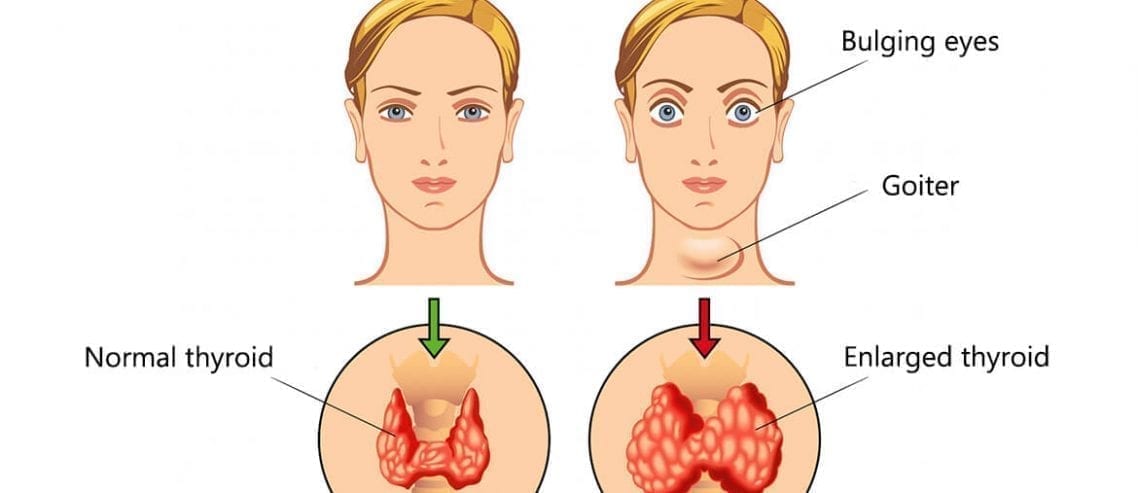
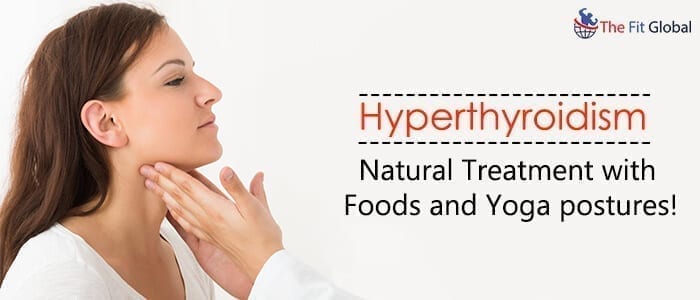


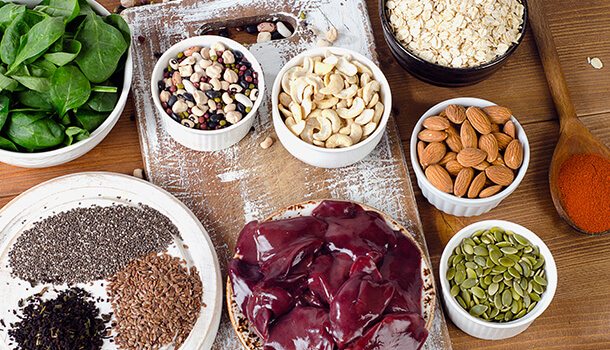



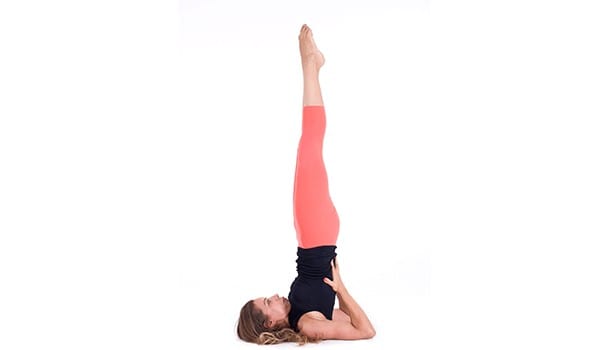
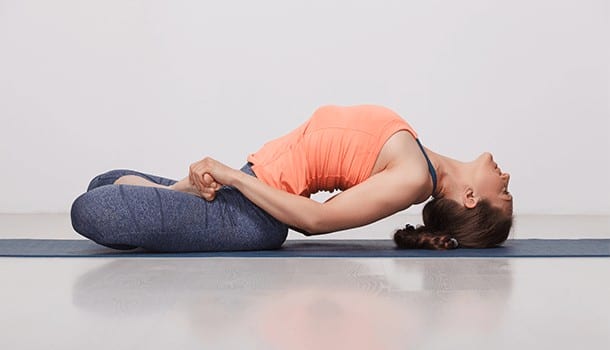
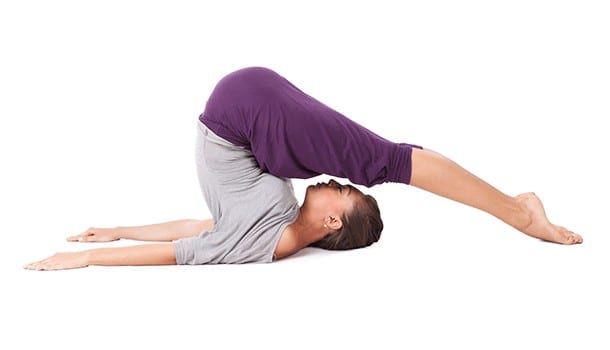



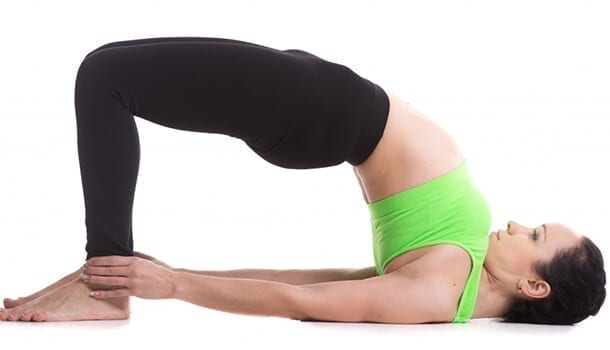


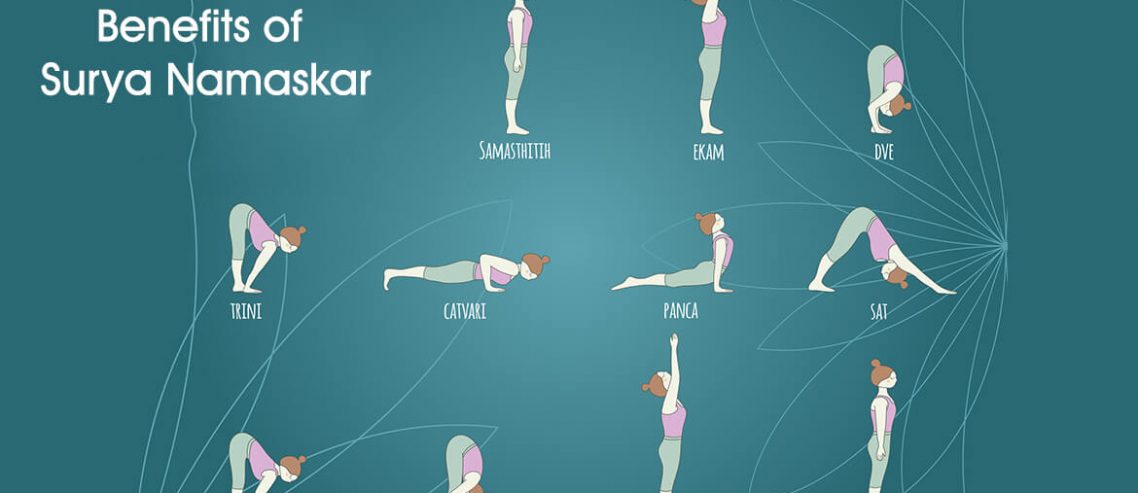
Comments
Leave a Comment